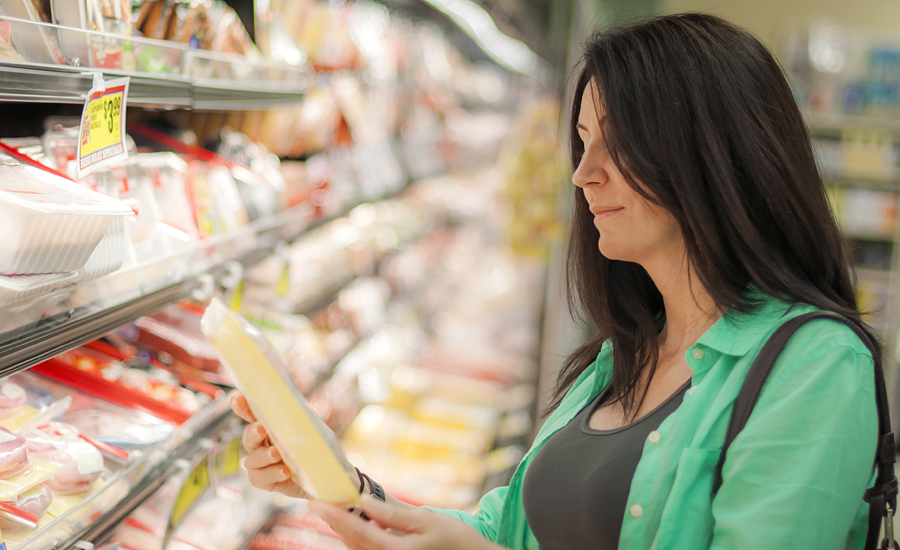Food Marketing Institute (FMI), Arlington, Va., and Nielsen, New York, released a preview of its "Digitally Engaged Food Shopper" analysis, an introductory set of insights that offers a comprehensive look into the behaviors, motivations and expectations of the digitally engaged food shopper.
Initial findings from this study show that within the next decade, online food shopping will reach maturation in the United States far faster than other industries that have come online before. Research also revealed that the center store is likely to shift online faster than other departments, suggesting a fundamental evaluation of the role the store plays in digital food shopping. The research estimates that in the current climate of technology adoption and evolution, consumer spend on online grocery shopping could reach $100 billion, which is equivalent to 3,900 grocery stores based on store volume.
"While we are more connected than ever to influence what shoppers buy, the window to influence those moments is narrowing," says Mark Baum, chief collaboration officer at FMI. "FMI and its members will need to seize the opportunity to harness new skills and collaborate more seamlessly than ever before to effectively reach these digitally savvy food shoppers. We're building the tools to help our members assess where they are in their connected commerce strategies."
"The grocery business truly is at a digital tipping point, where every aspect of the shopper's journey will soon be influenced by digital and increasingly enabled by digital platforms," says Chris Morley, president of U.S. buy at Nielsen. "The need for retailers and manufacturers to know the differences around how consumers shop online versus in store is greater than ever before. Analytics will be key for retailers and manufacturers to understand the digitally engaged food shopper on a deeper level. Beyond unified insights that connect the dots across consumer interaction and platforms, the winning strategy will turn metrics into action steps towards effective digital engagement."
Key findings of the research:
- Multi-channel shopping. More shoppers are buying more of their groceries across channels. In fact, 23% of American households are buying food online. This upward trend continues—of those that will buy online, 60% expect to spend over a quarter of their food dollars online in 10 years.
- Digital experimentation. Grocery retailers and manufacturers are experimenting with business models and technologies to find their way online. However, the road to success has not been paved.
- Grocery saturation. Grocery shopping will reach digital maturity and saturation faster than other industries before, such as publishing or banking.
- Center store migration. Center store categories are already migrating online, and this migration is expected to continue.
- Young and digital. Younger, newer and more engaged digital shoppers adopt grocery-related digital technologies more quickly and will hasten the expansion of digital grocery shopping further.
The "Digitally Engaged Food Shopper" study is part of a strategic alliance and multi-year initiative with FMI and Nielsen to uncover comprehensive insights on current and future digital shopping behaviors within the food retail marketplace.



